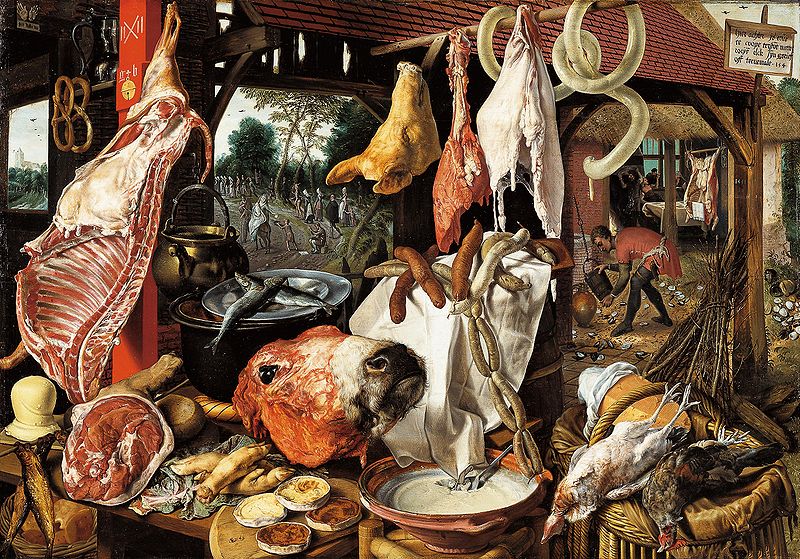Gallery, studios, music, ice cream, a beautiful lake—and it’s all free!
 |
| Clif Travers works on his great tree for long hours every day. I help him along by constantly asking, “Are you finished?” |
I’ve been at the Joseph A. Fiore Art Center at Rolling Acres Farm this month. This Sunday (September 30th) I get to show you what I’ve been doing. You, the public, are invited to Open Studio Day, from noon to 3. Stop and see what we’ve accomplished.
Our resident gardener, Rachel Alexandrou, will offer hourly tours of the Center’s garden. Rachel has odd ideas about what a Maine garden can support. She grew red cotton, cardoon, artichokes, amaranth, and tiny black grape tomatoes in a small riot of color. When Rachel isn’t gardening, drawing, or taking photographs, she’s entertaining us with mournful songs on her ukulele. However, she’s a bubbly person, so they’re frequently interrupted with peals of laughter.
 |
| Rachel Alexandrou is outstanding in her field. (Courtesy Maine Farmland Trust) |
Clif Travers has made himself an enormous tree of recycled tree products. He’s now painting it in oils, a highly-detailed process. On first read, it’s stained-glass, reminiscent of hours spent in church as a child. But his tree is oddly anthropomorphic, standing protectively over creation. In a nod to Renaissance painter Giuseppe Arcimboldo, many of its parts are made of vegetables. Certain viewers, however, have insisted they’ve seen a hot dog, lamb chop, and other meat products. It is, as far as I can see, totally gluten-free.
Each morning, I’ve met Heather Lyon creeping out of the house at dawn, heading down through the fields to the lake. There, she’s shot beautiful footage of herself in various interactions with water. Wearing a $6 reflective survival poncho she bought at Renys, she was transformed into a beautiful, otherworldly creature. Heather also chilled herself and a collaborator in the very cold waters off Pemaquid Point for the sake of swift-moving footage with seaweed and a crab or two.
 |
| Heather Lyon in her studio. (Courtesy Maine Farmland Trust) |
I came here with a high-minded idea of painting the confluence between man, water and the land. In reality, I ended up thrashing around between watercolor on Yupo and oil painting. I alternated media every day, painting each subject first in oils, then in watercolor. After a month of this, I can say with certainty only that my brain hurts.
The Gallery here is showing Nature Observed: The Landscapes of Joseph Fiore, with oil and pastel paintings by the late artist and environmentalist. These paintings have influenced my thinking all month. If you practice or love plein air painting, you should come by just to study them.
 |
| Damariscotta Lake, by Carol L. Douglas, watercolor on Yupo. |
There will be live music on the lawn by jazz trio The Extension Chords, with Myles Kelley on piano, Katherine Bowen on bass and Owen Markowitz on drums. Coffee, tea and local ice cream will be served.
The Joseph A. Fiore Art Center at Rolling Acres Farm is a program of Maine Farmland Trust. Its mission is to actively connect the creative worlds of farming and art making. The Center’s purpose is to continue and evolve the dialogue between human and environment within the context of our current culture and time.
| My own studio is more of a repository than a workspace. As usual, I’m working out of my Prius. |
It’s located on Damariscotta Lake at 152 Punk Point Road in Jefferson. Bring a picnic and enjoy the Center’s grounds for the day.
MFT also runs MFT Gallery, at 97 Main Street, Belfast. It is open Monday through Friday from 9 to 4. On Fourth Friday Art Walks, it is open until 8pm.
Maine Farmland Trust is a statewide, member-powered nonprofit working to protect farmland, support farmers, and advance farming. Maine Farmland Trust created its gallery to celebrate agriculture through art, and to inspire and inform the public about farming in Maine.




